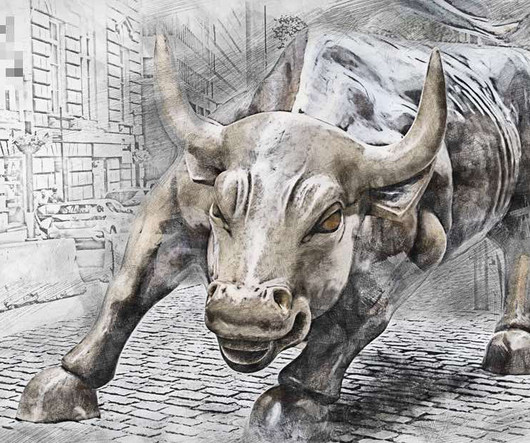Bank Valuation: Understanding Key Ratios and Metrics
Tom Spencer
OCTOBER 13, 2023
Efficiency ratio The efficiency ratio measures effective cost management and operational efficiency, and is defined as non-interest expenses divided by revenue. Total shareholder return (TSR) TSR is often considered the ultimate measure of shareholder value, and the outcome of delivering against the financial targets.












Let's personalize your content